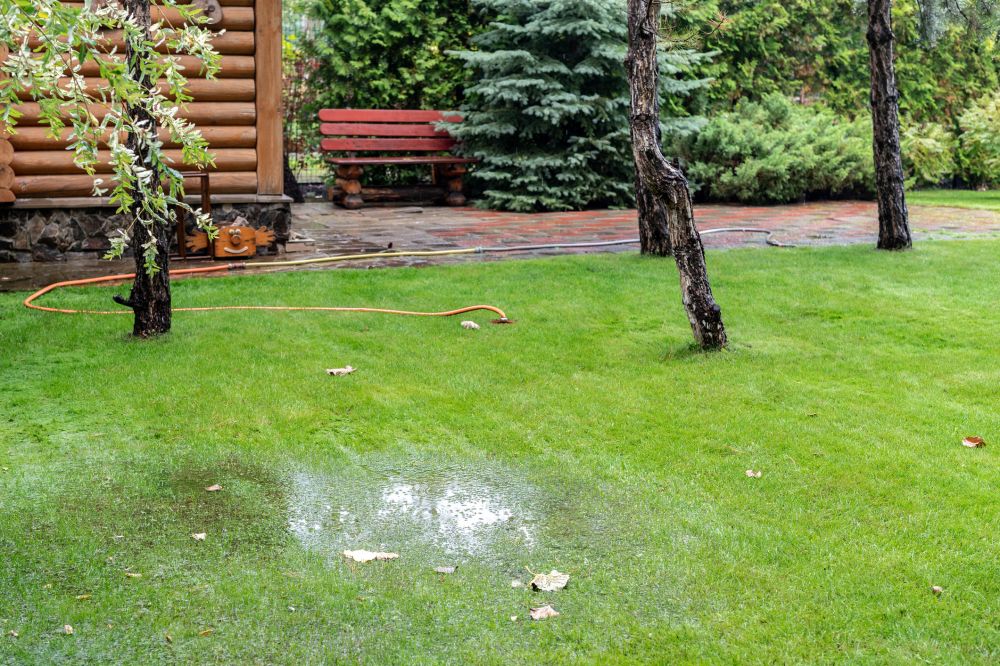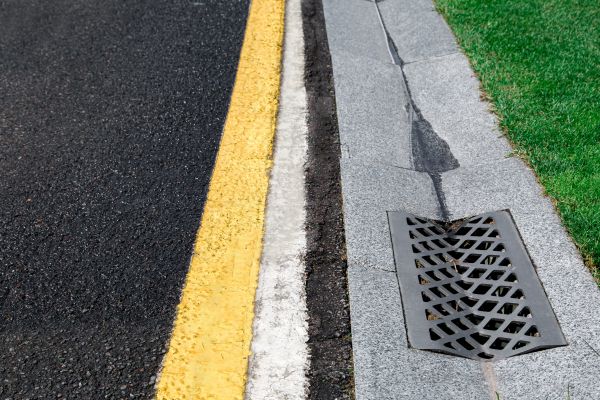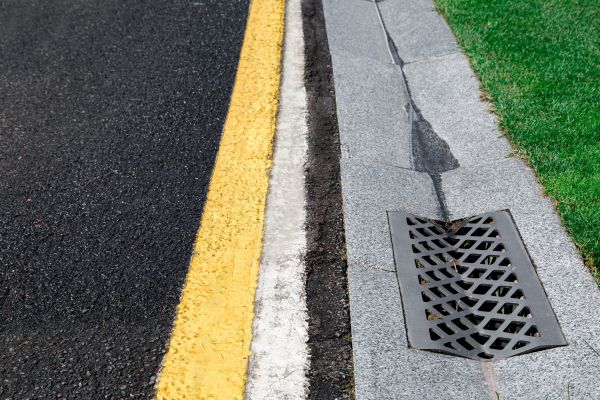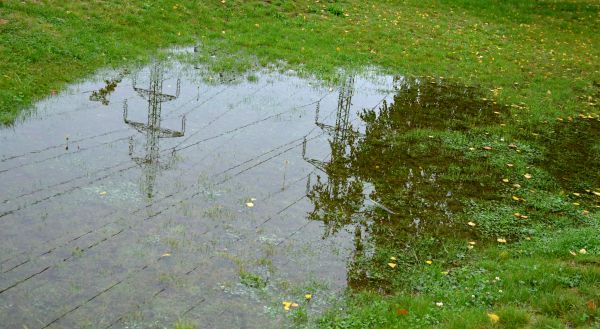Cost of Surface Water Control in Lewisville
Surface water control is a crucial aspect of maintaining the infrastructure and environment in Lewisville, TX. The cost of managing surface water can vary significantly depending on various factors, including the specific needs of the area and the type of control measures implemented. Understanding these factors and the common tasks associated with surface water control can help property owners and municipalities budget effectively.
Factors Affecting Cost
- Topography: The natural landscape and elevation changes affect drainage and runoff patterns, impacting the complexity and cost of control measures.
- Soil Type: Different soil types have varying absorption rates and stability, influencing the methods and materials needed for effective water control.
- Climate: The frequency and intensity of rainfall in Lewisville, TX, can dictate the scale and maintenance requirements of surface water control systems.
- Regulatory Requirements: Compliance with local, state, and federal regulations can add to the overall cost due to necessary permits and adherence to specific standards.
- Project Scale: The size and scope of the project, including the area covered and the extent of necessary interventions, directly affect the overall expenditure.
- Materials and Equipment: The cost of materials (e.g., pipes, retention basins) and equipment (e.g., pumps, excavators) required for the project can vary widely.
- Labor Costs: The availability and rates of skilled labor in Lewisville, TX, will influence the total cost of surface water control projects.
Common Tasks and Costs
| Task | Average Cost (Lewisville, TX) |
|---|---|
| Site Assessment and Planning | $500 - $2,000 |
| Installation of Drainage Systems | $2,000 - $10,000 |
| Erosion Control Measures | $1,000 - $5,000 |
| Stormwater Retention Basin | $5,000 - $15,000 |
| Regular Maintenance and Inspection | $500 - $1,500 per year |
| Permitting and Regulatory Fees | $200 - $1,000 |
Understanding the cost of surface water control in Lewisville, TX, involves considering various influencing factors and common tasks. By doing so, stakeholders can better plan and allocate resources for effective water management.




